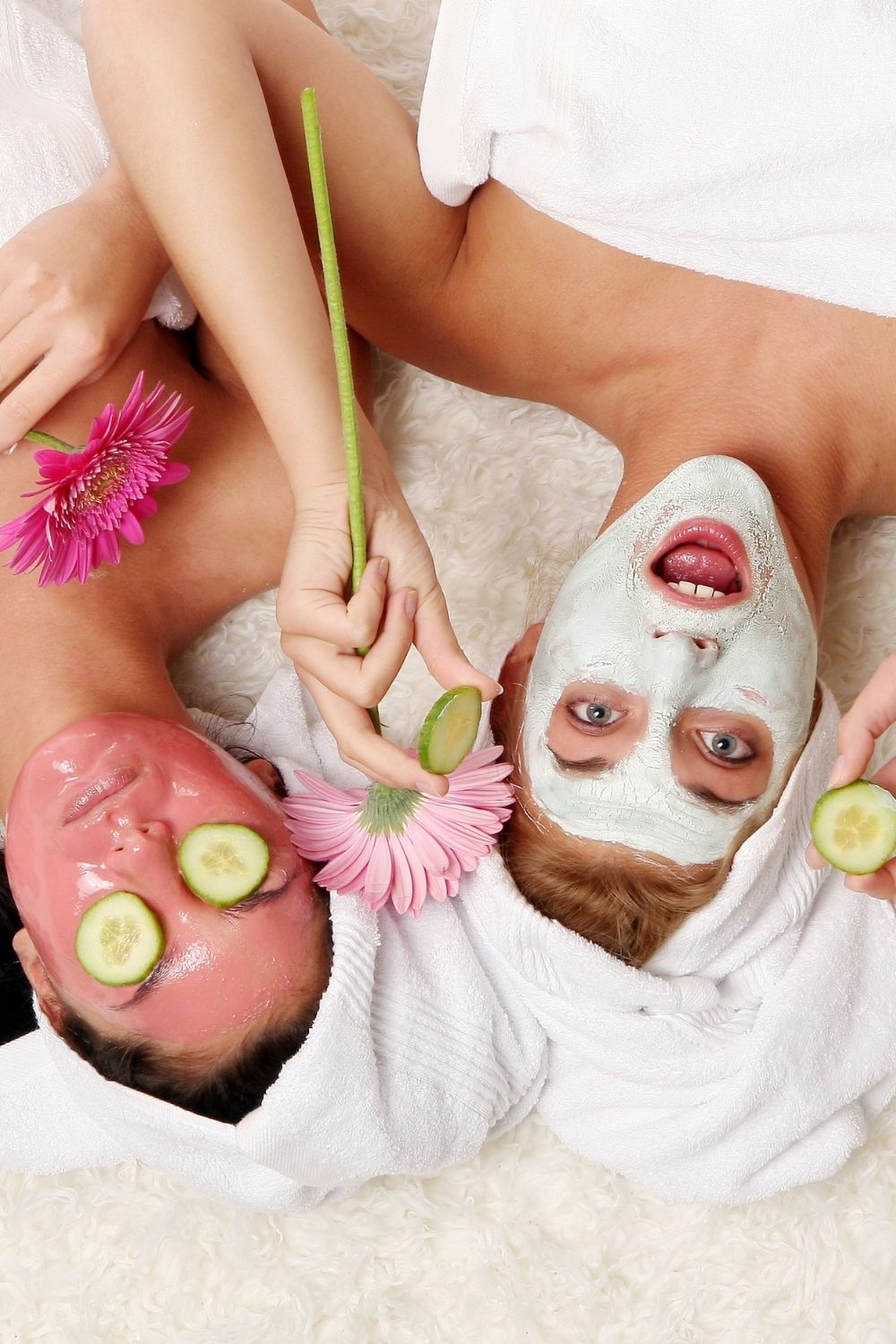Here’s the thing with exfoliation: it’s addictive. Anyone who has ever experienced the after-glow of a peel pad knows what we’re talking about here. A good exfoliation sesh gets rid of dead skin cells instantly, making pores appear smaller, spots look lighter and gives you an overall refresh better than most products can. So we get hooked. And we exfoliate. And we exfoliate some more, which can lead to a host of other issues like redness or sensitivity.
WHAT IS EXFOLIATION?
To understand exfoliation, one must know what a keratinocyte is. Keratinocytes are skin cells that are found in the outermost layer of our skin (aka the epidermis). As the skin continually renews itself, keratinocytes mature and are eventually shed off through a process called desquamation.
Exfoliation speeds up the removal of these dead skin cells from the outermost layer of the skin, which can help reveal newer skin cells and can have multiple benefits including brighter skin, improved brown spots, smoother texture, reduction of clogged pores, and improved penetration of other topicals. However, exfoliating is not for everybody and may not be appropriate for every skin type,” she cautions. “It is important to exfoliate safely to minimize the risk of negative side effects, like redness, irritation, acne breakouts or scarring.”
HOW OFTEN SHOULD YOU EXFOLIATE YOUR FACE?
“Everyone’s skin has different needs and it’s also important to note that those needs can change over time,” says Chang. “In general, I recommend gentle exfoliation no more than two to three times per week.”
If your skin is dry or sensitive, you should exfoliate less frequently, like once every couple of weeks.
If your skin is oily, you can exfoliate a bit more frequently, like every one to two days.
If you have never exfoliated before, starting with once per week and working your way up as tolerated by your skin type.
WHEN SHOULDN’T YOU EXFOLIATE?
“I would avoid exfoliating your skin if there is an open wound, active infection, or any inflammation like acne or an eczema flare,” warns Chang. “Also, if your skin becomes red, inflamed, irritated or peels as a result of exfoliating, stop and consult your dermatologist for alternative options.”
Another thing: Make sure you take any other skincare products you’re currently using (like retinoids or benzoyl peroxide) into consideration. These products, when combined with too much exfoliation, can disrupt your skin barrier, which keeps irritants out and is responsible for maintaining skin hydration and health.
WHAT IS THE DIFFERENCE BETWEEN CHEMICAL AND MECHANICAL EXFOLIATION?
“There are two methods of exfoliation at-home: mechanical and chemical,” explains Chang. “Mechanical exfoliation involves using a cleansing tool or scrub to physically remove dead skin cells.” The most common forms of mechanical exfoliation are:
Micro-bead facial scrubs
Sugar or salt crystals
Abrasive materials like pumice, sponges, or cleansing brushes
“Chemical exfoliation involves chemicals, like alpha and beta-hydroxy acids, to dissolve and loosen dead skin cells,” says Chang. The three main chemical exfoliators that are used are:
Alpha-hydroxy acids (AHAs) which include glycolic acid, lactic acid, and mandelic acid. AHAs are naturally occurring acids that are present in many foods and milk sugars, as well as, produced synthetically. They promote exfoliation by breaking down the adhesion between the skin cells in the epidermis.
Beta-hydroxy acids (BHAs) like salicylic acid are fat-soluble, allowing them to penetrate deeper into the hair follicles and dissolve pore-clogging residue like oil, which makes them ideal for people with oily skin and acne.
Polyhydroxy acids (PHAs) are a new generation of alpha-hydroxy acids that have similar effects but with less irritation. PHAs, like lactobionic acid and gluconolactone, have a larger molecular structure than other AHAs, limiting their ability to penetrate the skin and thereby reducing the side effects. PHAs have been clinically proven to provide skin-smoothing and anti-aging benefits that are comparable to alpha-hydroxy acids, while also hydrating the skin.





